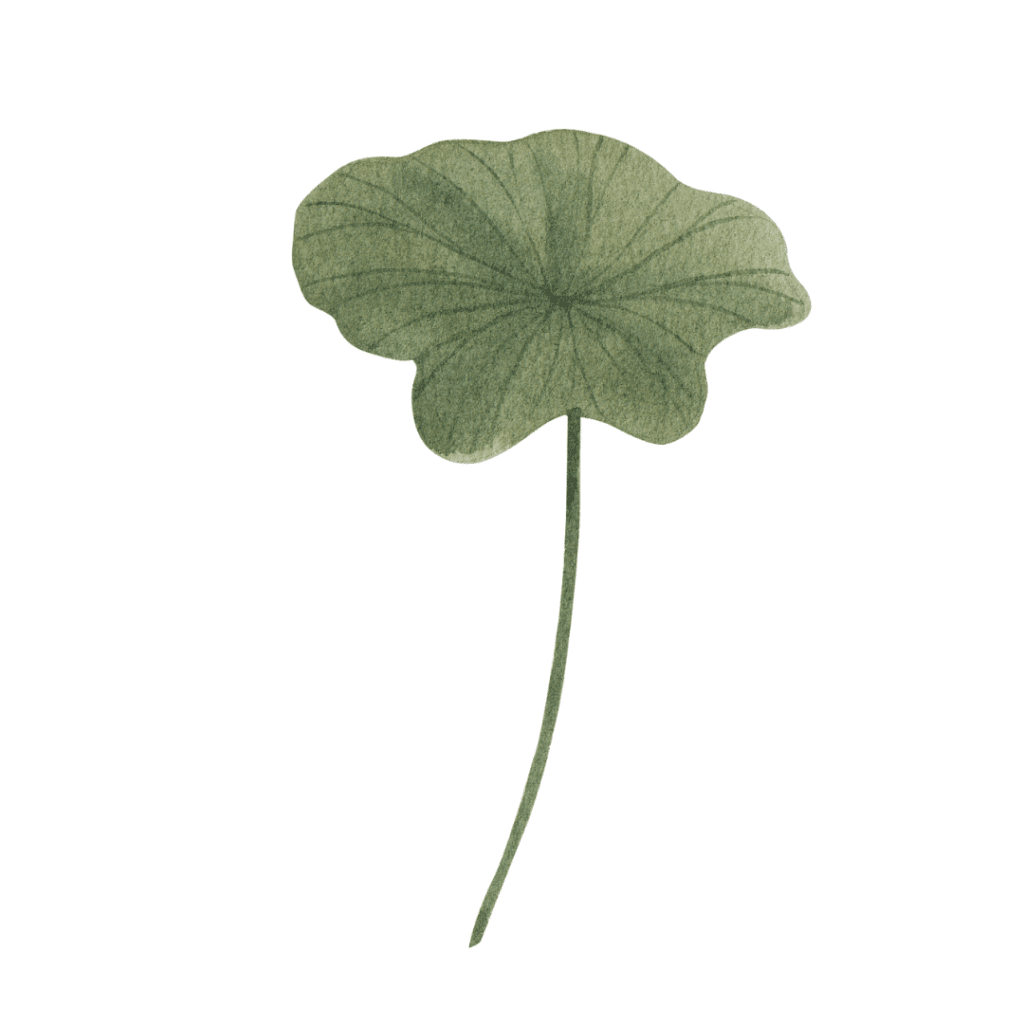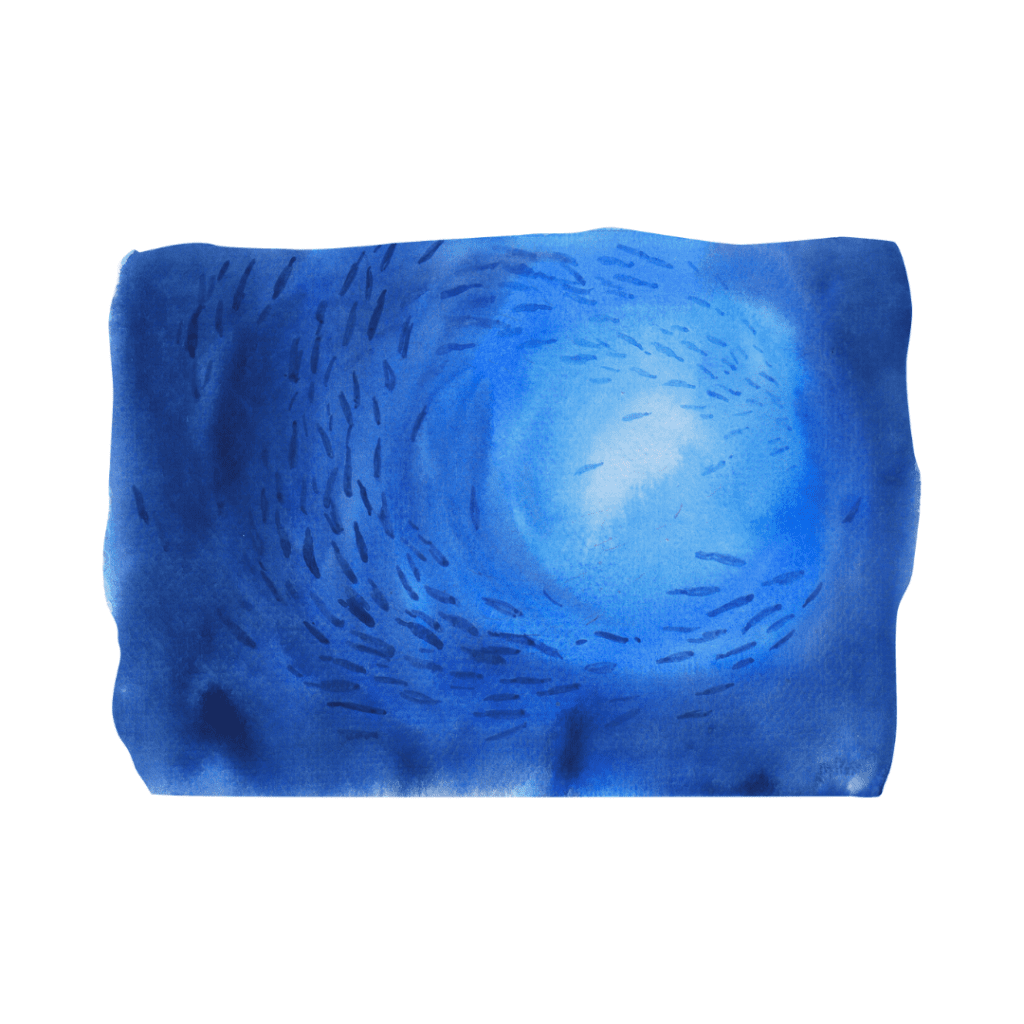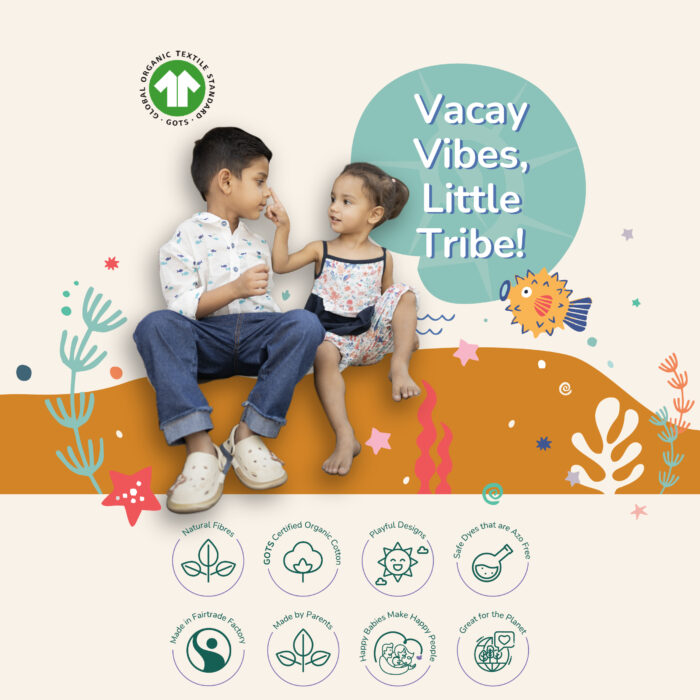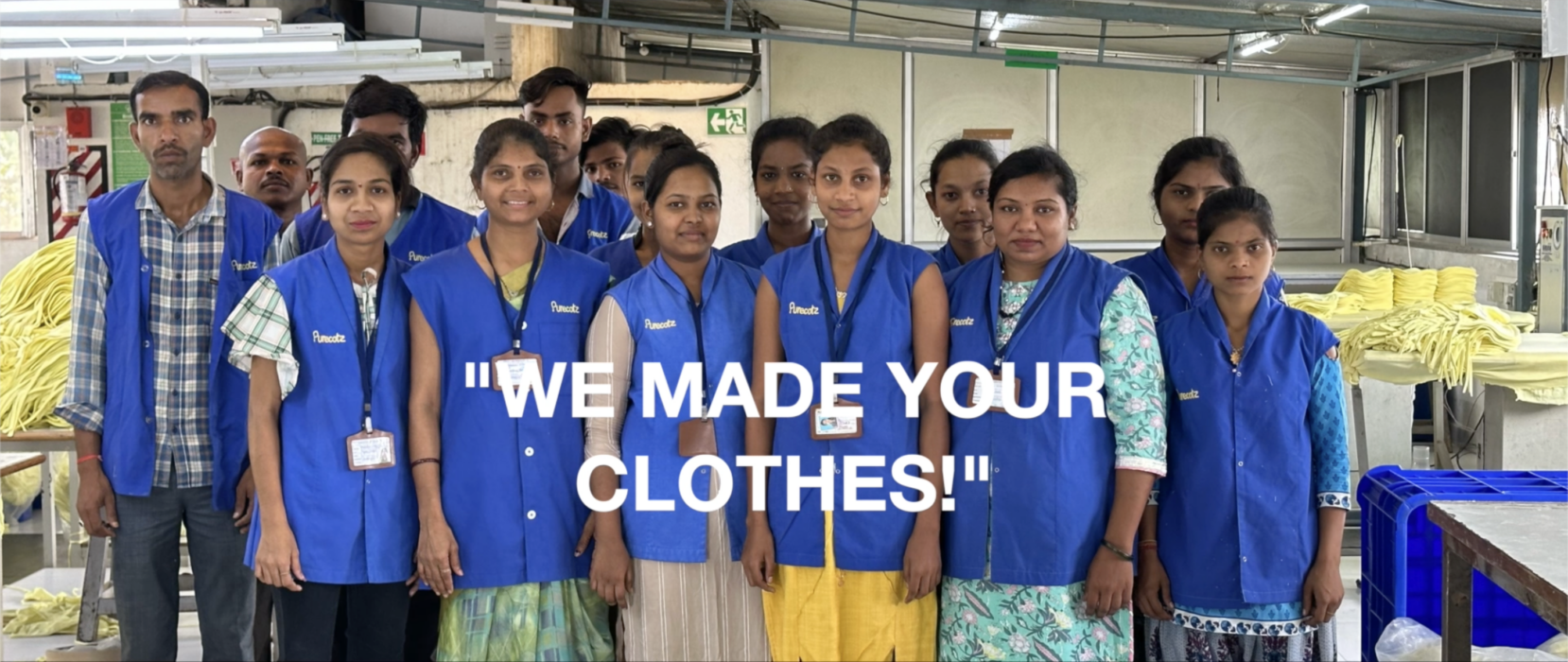Next Article
Summer Fashion Guide : Sea Life Prints (tips)
Hey trendsetting parents and mini-fashionistas! Summer’s here, and we’ve got the ultimate style scoop for your little ones – Pranava
The Environmental Impact of Conventional vs. Organic Cotton: Why Choose Ethical Fashion for Your Baby’s /Toddler’s Wardrobe
- pra1.vaishakdamodar.com
- 4 Minutes Read

In the world of baby and toddler fashion, we’re not just picking out cute outfits, we’re shaping the future for our little ones and the planet they’ll grow up on. One big decision that packs a punch for both our kiddos and Mother Earth is choosing between regular and organic cotton clothing. Let’s dive into the details of why going for the eco-friendly option, especially in the form of organic cotton, is a game-changer when it comes to our babys’ wardrobes.
Understanding Conventional Cotton’s Toll
The environmental effects of conventional cotton are not that great. Imagine this: chemical fertilizers, insecticides, and water use that’s excessive. Here we outline the serious consequences of conventional cotton, including land degradation and water pollution. It resembles the less-than-eco-friendly villain hiding in our child’s closet.

Conventional cotton farming relies heavily on the use of pesticides and synthetic fertilizers. These chemicals not only seep into the soil, compromising its health and fertility but also pose a threat to nearby water sources. Runoff from conventional cotton fields contributes to water pollution, impacting aquatic ecosystems and communities downstream. The collateral damage of conventional cotton production extends far beyond the cotton fields, underscoring the pressing need for a more ecologically responsible approach.
Organic Cotton: A Breath of Fresh Air
For parents who care about the environment, organic cotton stands out as a better option when compared to conventional cotton. Here you can talk about the organic cotton farming process in more detail, emphasizing the use of sustainable approaches and the lack of hazardous pesticides. Working together with Mother Nature is the foundation of organic cotton production, from crop rotation to abstaining from harmful chemicals.
Crop rotation and natural pest management are examples of old-fashioned, organic approaches that don’t damage the soil like modern pesticides do. Reminding the soil of a spa day, it becomes vibrant, healthy, and prepared for action. What’s the best thing, then? It benefits both the earth and our children. Conventional cotton farming is toxic and the chemicals used strip it of its health and nutrients, making it a bit of a wasteland. But when it comes to organic cotton, it’s so much better. No synthetic chemicals means the soil stays healthy and fertile.
Water, the Essence of Life
The water-intensive nature of conventional cotton farming makes water scarcity a global concern. Water scarcity is made worse by its considerable irrigation demands, particularly in areas with scarce water supplies. Conventional farming uses synthetic chemicals, which further contaminate water supplies.

On the other hand, organic cotton farming minimizes water consumption and increases the resilience of the ecosystem as a whole by implementing water-efficient techniques like rain-fed agriculture and effective irrigation. Selecting organic cotton helps maintain this valuable resource in a sustainable manner.
Protecting Biodiversity
The use of pesticides in conventional cotton growing goes beyond fields and endangers biodiversity. Chemical pesticides damage ecosystems and put many kinds of plants and animals in jeopardy. This causes contamination of the soil and water, harming species and disturbing the fragile environmental balance. Organic cotton production contributes to the preservation of biodiversity and an ecologically balanced agricultural landscape by eliminating synthetic pesticides and encouraging natural pest control. It also creates a safer environment for beneficial insects and wildlife.
Healthier Clothing for Little Ones
Cotton production has an effect on the fabric that our children are dressed in. Choosing organic cotton guarantees that clothes for infants and toddlers are free of dangerous chemicals, making it a more comfortable and healthy choice for skin that is still developing. Sensitive skin may be put in danger by the pesticide and harsh chemical residues that conventional cotton frequently holds. Clothing made of certified organic cotton, which is produced without the use of artificial fertilizers or pesticides, is free of dangerous materials and promotes general health and well-being.
Ethical Fashion Choices
Our decisions as conscious buyers add to the larger story of ethical fashion. Choosing organic cotton ensures that people engaged in the production process are treated ethically and is in line with brands that prioritize fair labor standards. Transparency and accountability are also key components of ethical fashion, with eco-friendly companies that support organic cotton offering details on sourcing, manufacturing processes, and environmental programs. By allowing customers to support companies that share their values, this commitment promotes favorable social and environmental results.
Supporting Sustainable Brands
The power of consumer choice is increased when brands that are ethical and sustainable are supported. Organic cotton is their top priority, and they frequently go above and beyond the minimal certification standards. Waste is reduced through eco-friendly packaging, circular economy principles, and community-supporting initiatives. By selecting these businesses, parents support good change in the industry by increasing demand for apparel made responsibly. This thoughtful decision is in line with an ethical, sustainable, and fashionable fashion agenda.
Making a Difference, One Wardrobe at a Time
The takeaway from this blog on the environmental effects of conventional vs organic cotton on infant and toddler clothing is straightforward: decisions count. Choosing organic cotton and following to ethical fashion standards not only results in better-fitting clothes for our children but also promotes a more sustainable and peaceful global community. By providing parents with the knowledge they need to make educated decisions, this site hopes to make every item of clothing a step toward a cleaner, greener future.
By providing parents with the knowledge they need to make educated decisions, this blog hopes to make every item of clothing a step toward a cleaner, greener future. The thoughtful choice of infant and toddler clothes is a tiny but significant thread in the fabric of sustainable living, one that weaves a story of ethical duty and environmental stewardship. As parents, we have the privilege and responsibility to mold the world our kids grow up in, and the clothes we choose for them can make a big difference in creating a sustainable and fashionable future.






